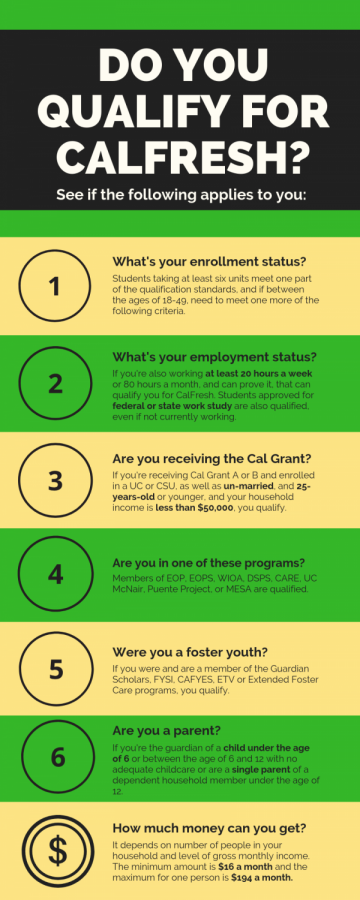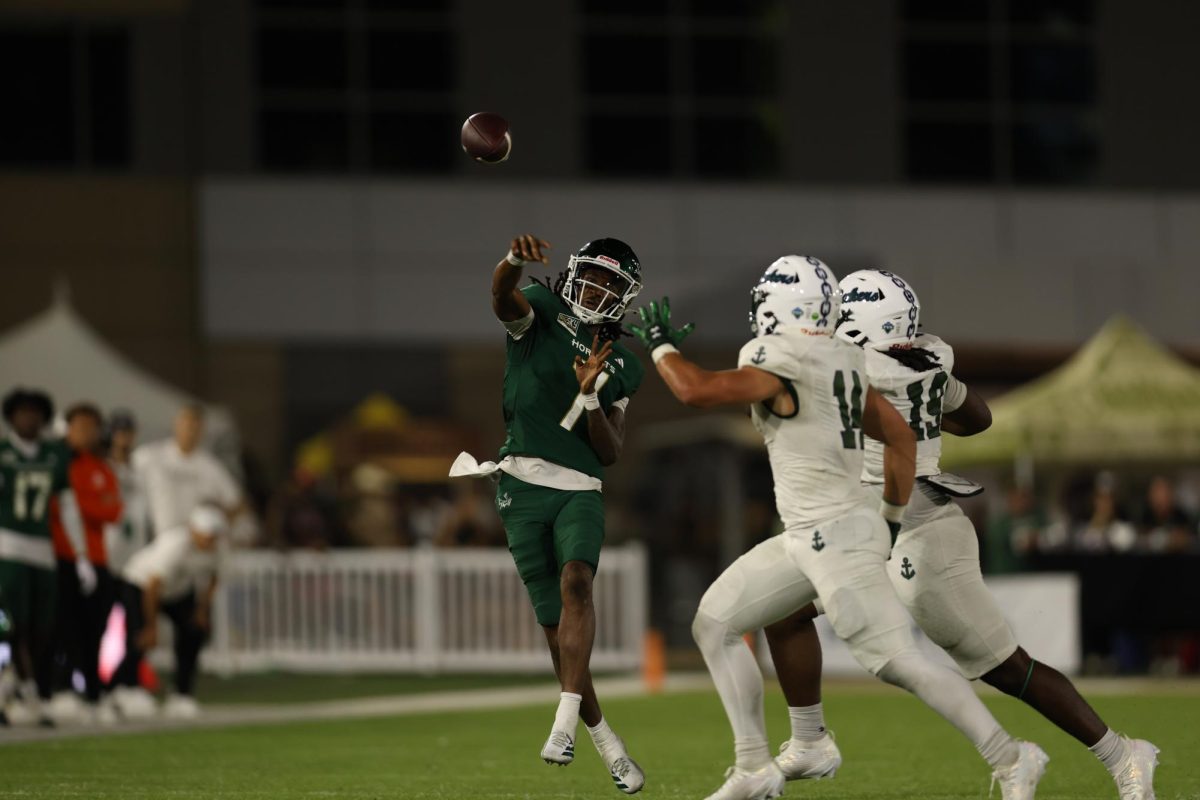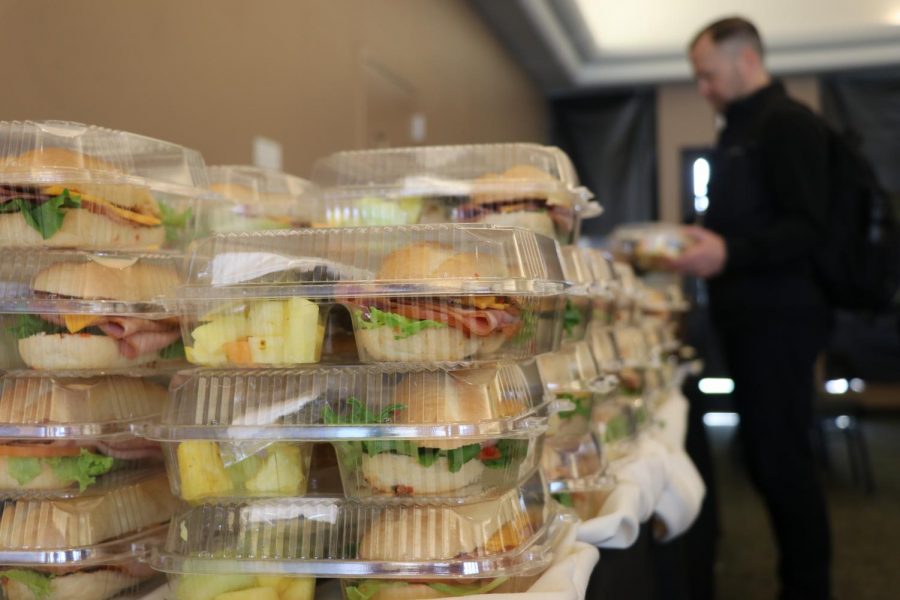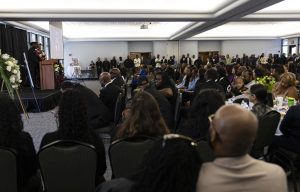Struggling for real food? CalFresh could be the answer
Students who need help can visit Basic Needs office
Kelly Kiernan -The State Hornet
Leftover sandwiches were provided by Epicure and given to students through Epicure Extras after the Student Panel on Jan. 8
September 19, 2018
The old college stereotype about food is well-known; ramen, a lot of take-out, and mandatory attendance at every event that offers free food.
But financial insecurity — including access to food — is a serious issue for many students as college tuition continues to rise nationwide. At Sacramento State, students living on or near campus also spend a large amount of their small funds on rent, leaving little for food.
Students looking to make their lives easier with access to more food can apply for CalFresh, also known as the Supplemental Nutrition Assistance Program, more commonly known as food stamps.
If you’re not sure how to apply, Sac State’s Basic Needs case manager Danielle Munoz and an office of interns are there to help. Munoz spoke with The State Hornet about CalFresh and other ways students can help themselves go to class on a full stomach.

Infographic detailing the eligibility requirements for the CalFresh program. About 3 million Californians are eligible but not using the CalFresh program.
Q: What do you and the CalFresh interns do when a student comes in asking for help on applying?
Munoz: We spell everything out, and let them know exactly what they need to bring in. It’s very easy to come in, we walk you through the whole thing and then you go back to class. It takes about under an hour.
Q: Why do students need help?
Munoz: The application can be really long and confusing. Sometimes it asks a question with an answer you don’t know, and that can be discouraging. They’d rather just back out of the whole application. A lot of our students have actually tried applying before and come to us because they need help.
Q: Are there any other ways students can get more access to fresh food?
Munoz: I think the most underutilized service right now is food banks. You can get tons of food there and sometimes it goes to waste because people don’t come get it. River City Food Bank is right on the bus line near campus.”
Q: What’s the biggest hurdle to making financial security better for college students?
Munoz: I would say we have to understand the actual income our students are working with and be realistic; if you’re going to choose market-rate rent, you’re going to make students live beyond their means. If you use the national living standard, where one-third of your income should go to your living expenses, then you’re talking students who should be spending $300 to $500 on their rent. They’re actually asking people to spend over fifty percent of their income on rent and we really have to understand that if we’re going to do that, we can’t also ask students to be able to afford taking 12-15 units when they’ve got to work to afford their rent. We’re asking our students to take up to 15 units but we’re also not giving them the tools and the framework to do it.
Q: How often do you see students struggling with what they need to get by?
Munoz: Every single day. I see almost 500 students a year and the majority of them are for (the services provided by) Basic Needs. We’re in a housing crisis and the students are really suffering from that. Students need to get savvy. It is a hustle.

























































































































